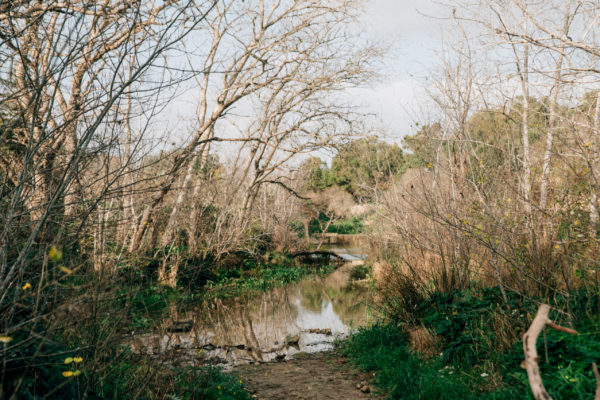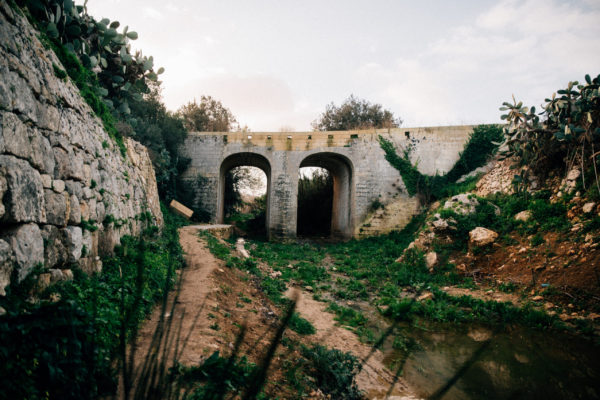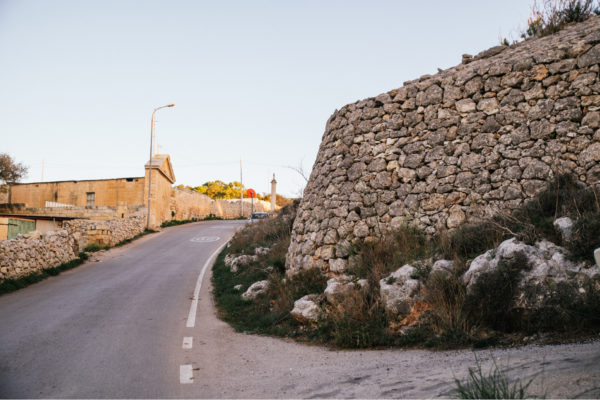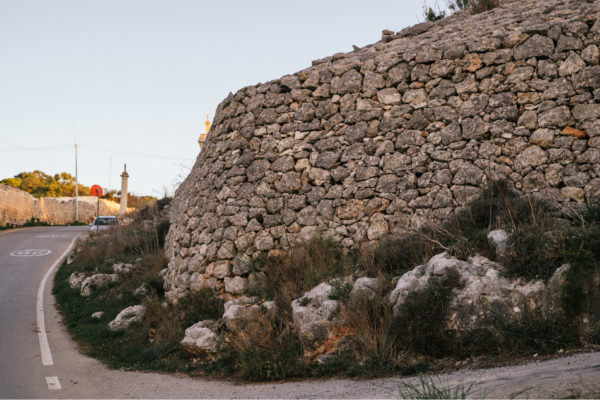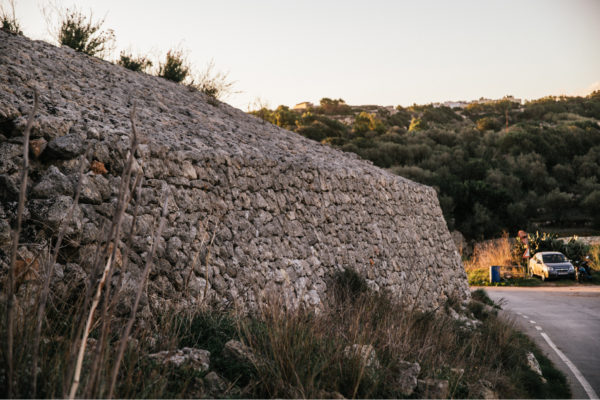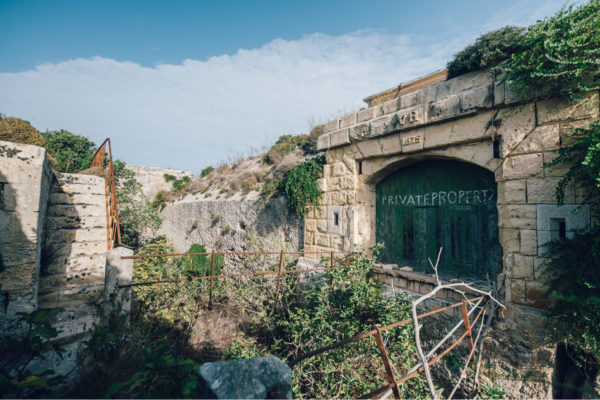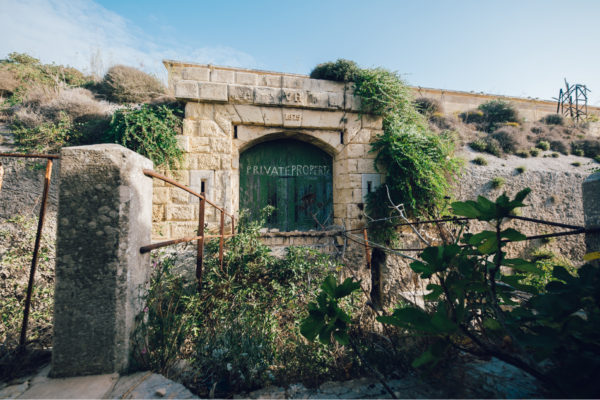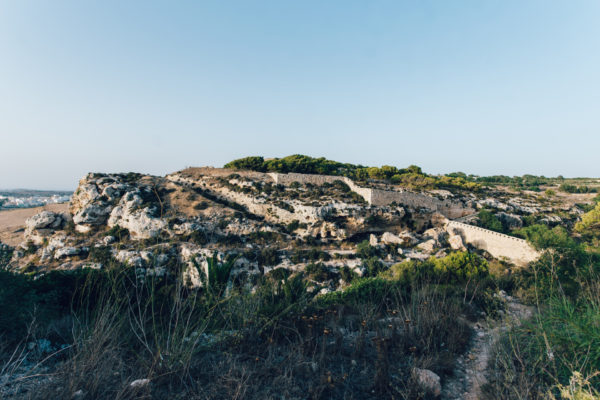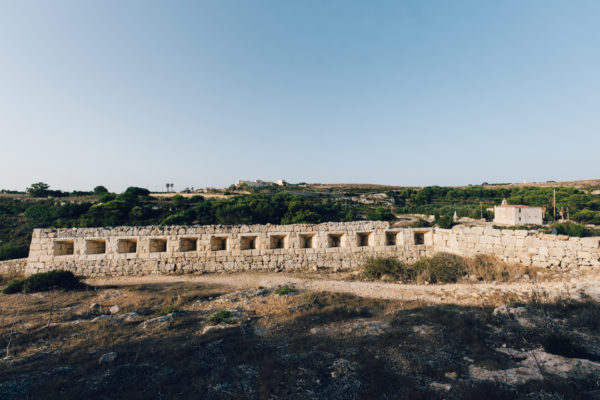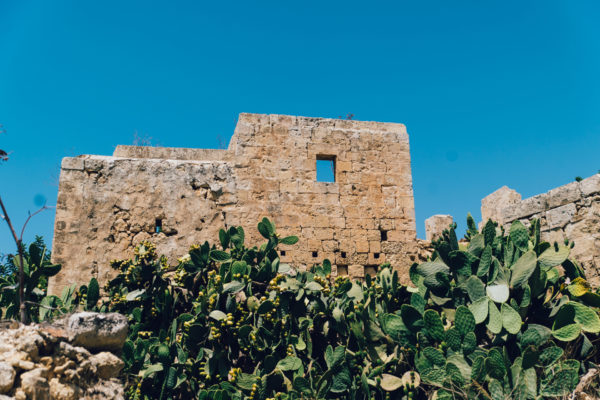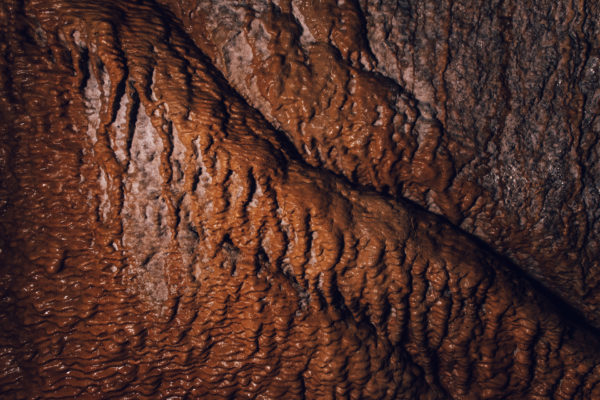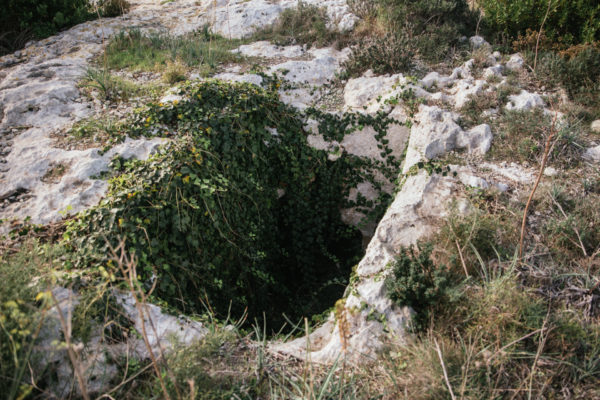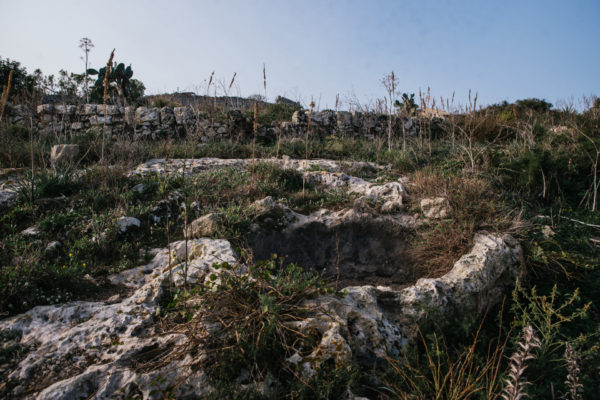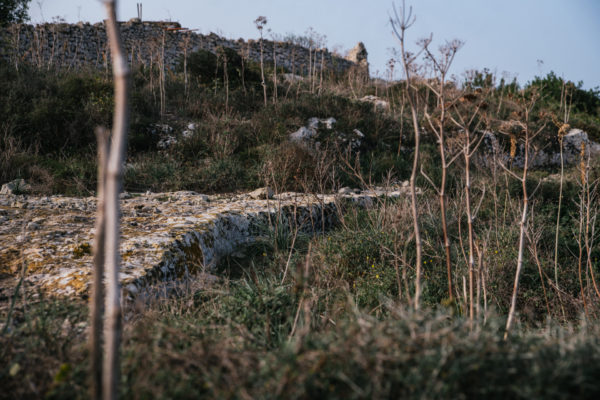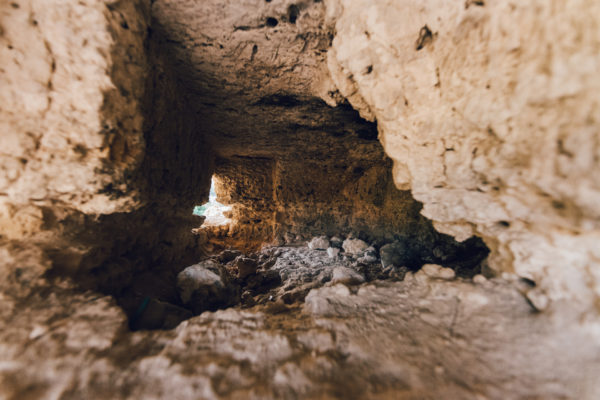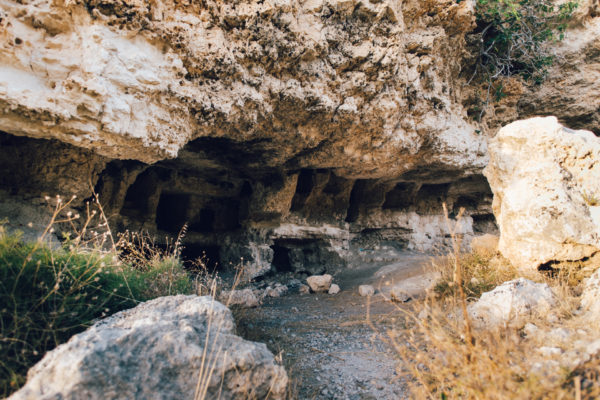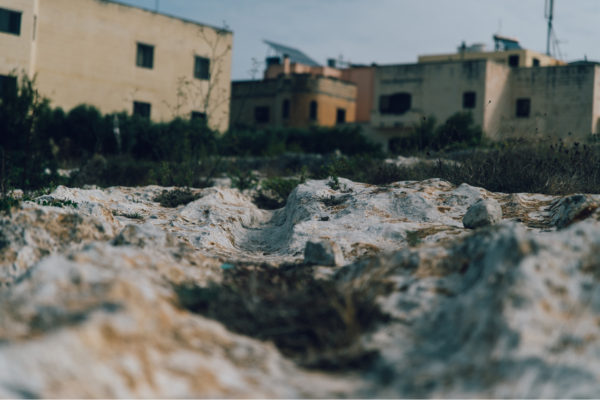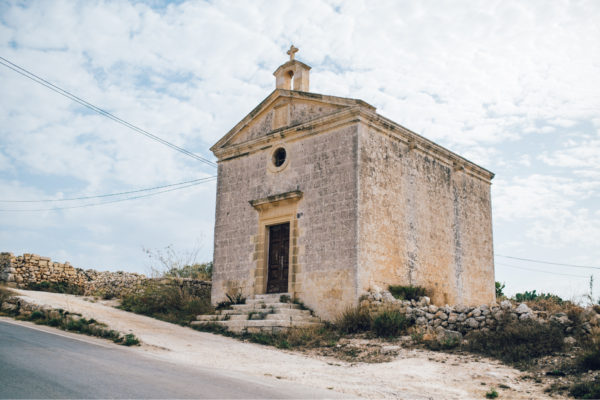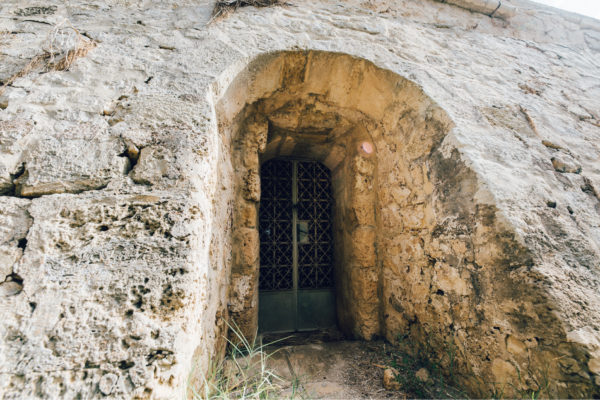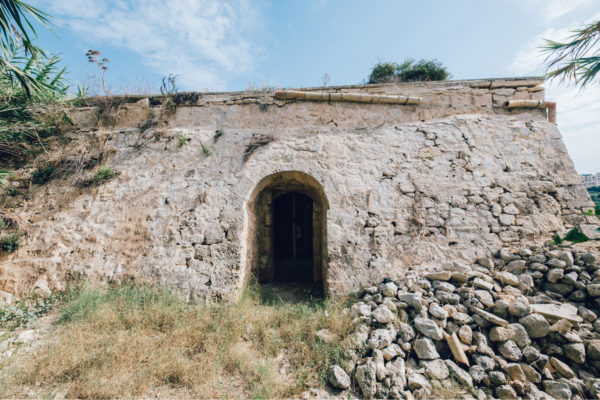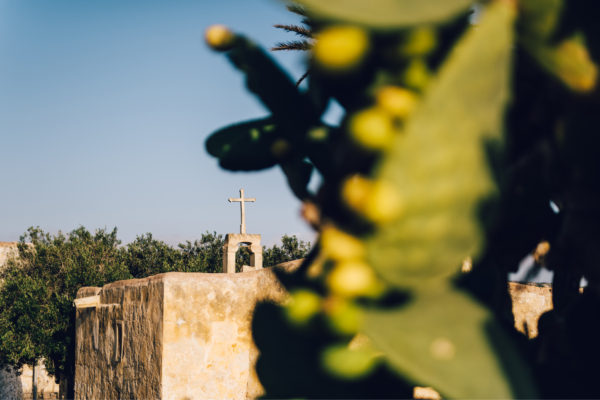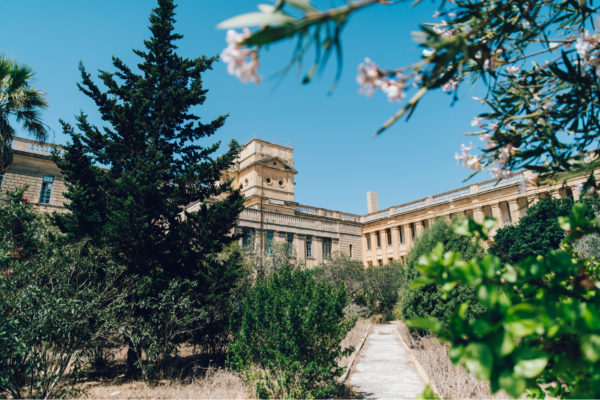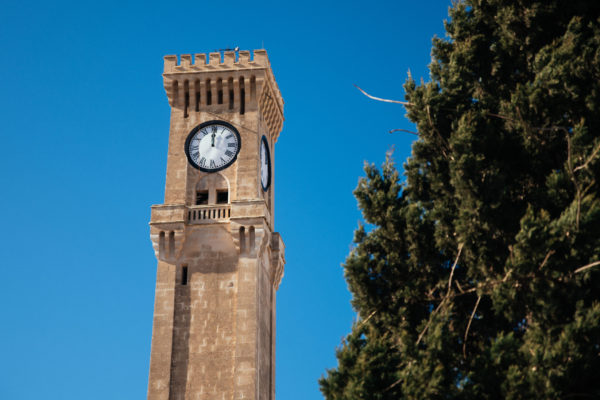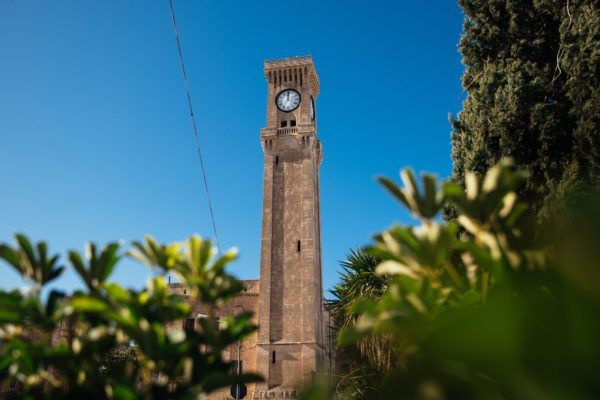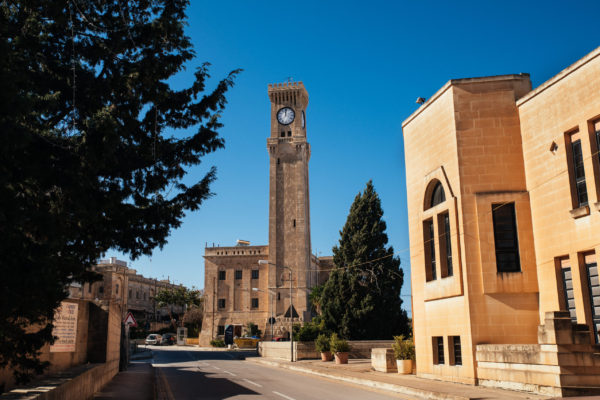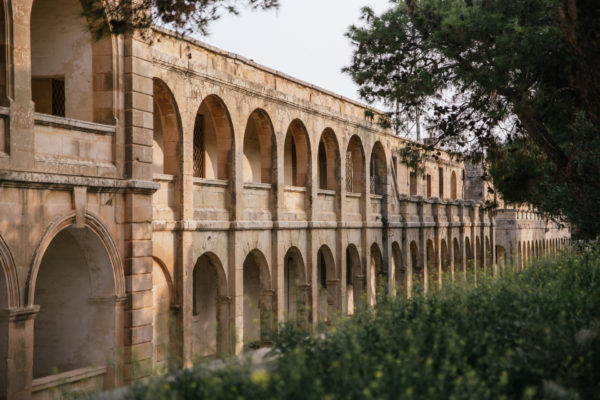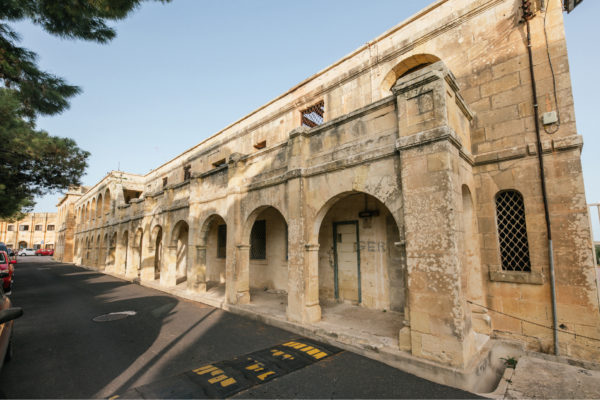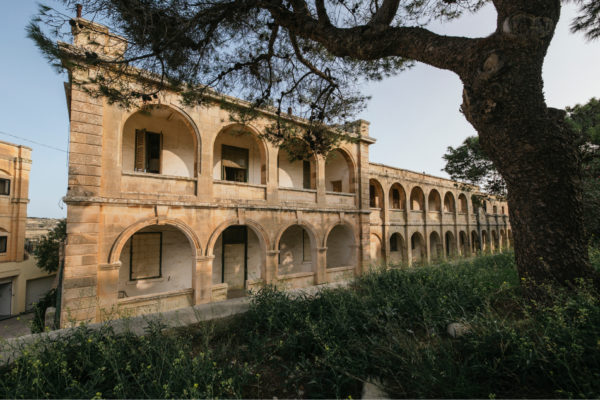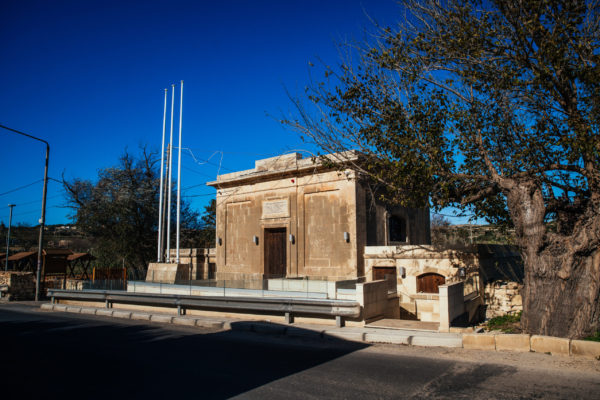
The Mediterranean Willow is another native willow, also found growing along the banks of streams.
It is a very rare species, and in 2002, through voluntary efforts, cuttings were taken from native growing trees at Imtaħleb, and planted at Chadwick Lakes, where today they grow adjacent to the White Willow.
The tree grows to a height of 10m on a trunk which is usually 1.5 high from which the branches spread out. These are dark brown initially covered with short hairs, which they lose as they grow.
The trunk sheds its bark nearly every season, and exposes a number of longitudinal ridges or lines.
The flowers of the Mediterranean Willow are either male or female catkins, 3 to 5 cm long, and 1.5 cm wide. These grow on separate trees. All the Mediterranean Willows in Malta have male catkins which one can see densely packed during January and February. These are pollinated by insects and also by the wind.
The simple oblong leaves are 4 to 16 cm long and 1.5 cm wide, roundish at the base and tapering to a point, toothed along the edge. Their veins have a main midrib with feathers attached to it, like a feather. From above they are green but from below they are greyish having prominent veins. Leaves are slightly hairy beneath but not from above. They are shed with the approach of autumn as the day becomes shorter.
The roots are tough and large and can also grow from aerial parts of the tree.
The Mediterranean Willow is strictly protected by Maltese tree protection regulations. It is also listed in the Red Data Book of the Maltese Islands because of its threatened status.
The population at Chadwick Lakes has been scheduled as a Tree Protection Area.














